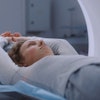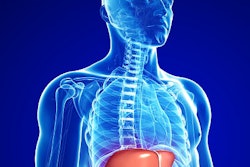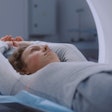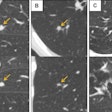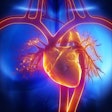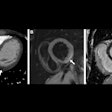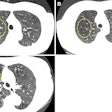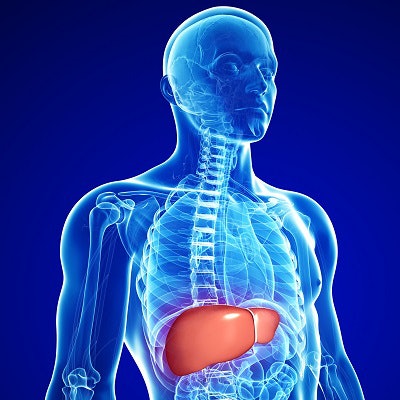
A 3D liver segmentation method can be utilized to rapidly diagnose and measure fatty liver on cardiac CT exams, according to research presented at the annual meeting of the Society of Cardiovascular Computed Tomography (SCCT).
Researchers from the Lundquist Institute at Harbor-UCLA Medical Center in Torrance, CA, performed both 3D and 2D segmentation in over 100 patients receiving serial noncontrast cardiac CT exams. They found that the 3D method was stable and reproducible for measuring liver fat.
"The measure can serve as an imaging biomarker to understand mechanistic correlations between atherosclerosis, fatty liver, and cardiovascular disease risk," said presenter Dr. Suvasini Lakshmanan, an advanced cardiac imaging fellow.
Nonalcoholic fatty liver disease (NAFLD) shares multiple risk factors with cardiovascular disease and independently predicts increased risk of cardiovascular disease and its associated adverse outcomes, according to Lakshmanan.
"The liver is routinely imaged during CT acquisition of the heart, and hence it may be beneficial to report fatty liver while reading coronary [artery] calcium," Lakshmanan said.
Liver fat measures generated by 2D segmentation on cardiac CT have been correlated with the gold standard of invasive liver biopsy and used in research studies. But the 2D method is inaccurate for diagnosing low fat content and lacks stability with repeat measures, she said.
As a result, the researchers sought to evaluate the reproducibility of a 3D liver volume segmentation technique for identifying fatty liver in 68 participants who had received serial noncontrast cardiac CT exams during the previously conducted Effect of Vascepa on Improving Coronary Atherosclerosis in People with High Triglycerides Taking Statin Therapy (EVAPORATE) trial. They also wanted to compare the 3D method with a previously validated 2D segmentation technique for measuring liver fat.
The EVAPORATE trial offered a unique opportunity to establish the prevalence and progression of NAFLD on cardiac CT in a high-risk population, according to Lakshmanan. Followed over 18 months, the patients in the EVAPORATE trial were on stable statin therapy with low-density lipoprotein cholesterol levels (40 to 115 mg/dl) and persistently high triglyceride levels.
In the new study, fatty liver was diagnosed based on liver attenuation of less than 40 Hounsfield units. Both 2D and 3D liver segmentation was performed on the noncontrast cardiac CT images using software from Philips Healthcare, according to Lakshmanan.
| 3D liver segmentation performance in diagnosing and measuring fatty liver | |
| Reproducibility | |
| Inter-reader reproducibility of mean 3D liver Hounsfield unit measurements | 96% |
| Mean 2D and 3D liver Hounsfield unit measurements | 93% |
| Change in mean 2D and 3D liver Hounsfield units from first to third CT scan | 94% |
What's more, the researchers found a kappa of 88% when 2D and 3D liver measurements both identified fatty liver, indicating excellent agreement, she said.
Future studies will need to compare the sensitivity and stability of low liver fat content measures from 3D segmentation with those calculated via current 2D segmentation methodology, according to Lakshmanan.
Nonetheless, "serial assessments of NAFLD on cardiac CT will allow for future research to evaluate the effect of anti-inflammatory or anti-atherosclerotic therapies on cardiovascular disease and fatty liver," she concluded.



